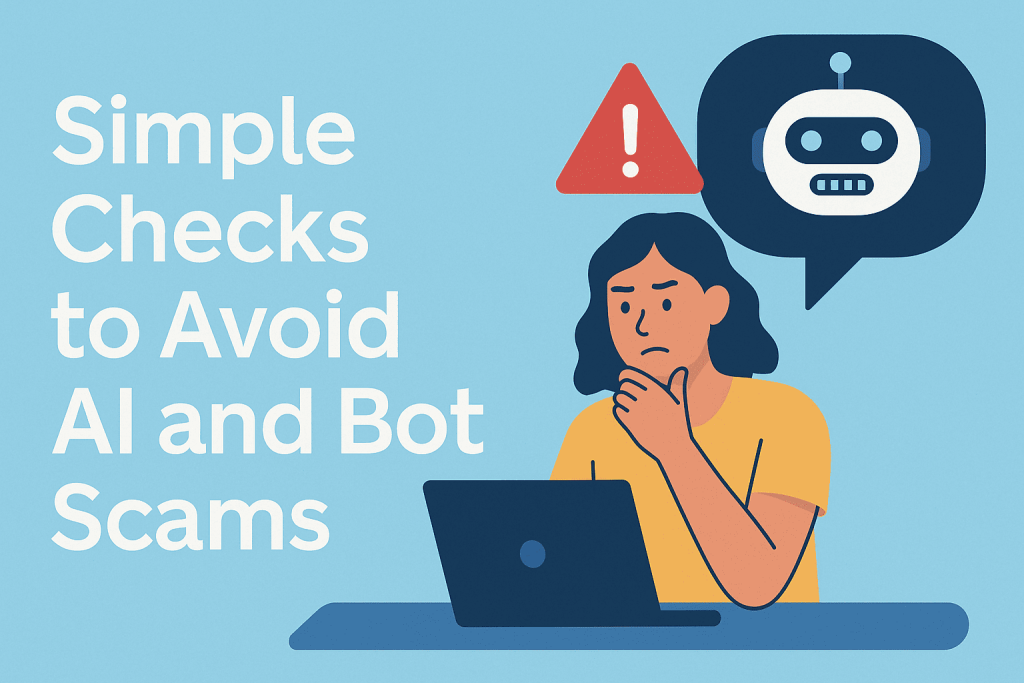It can be quite tricky to figure out whether a comment is from a real person or generated by a bot. With artificial intelligence and automated bots everywhere, it’s more important than ever to know how to spot the difference. Whether you are looking at product reviews, social media posts, or just random comments on a video, you need to know how to identify bot accounts comments to stay safe from falling for scams or being misled. Let’s see what simple checks you can perform to spot bot comments.

Detect Bot Comments: Why It’s Important to Spot Them
Bots are everywhere on the internet. From social media platforms like Instagram to e-commerce sites, they leave fake comments to boost engagement or push shady marketing agendas. That is why a marketing team needs to have a proper ChatGPT detector to recognize AI generated comments. Here are some of the common signs that a comment might be from a bot:
- Overly generic language. Comments like “Love this!” or “Great post!” are typical bot-generated phrases. They lack depth or specific details.
- Irrelevant content. Bots often leave comments that don’t make sense in the context of a post. For instance, one might comment about finance under a video about cooking.
- Too many links. A bot might drop a link in every comment because the goal is to promote a sketchy website or product.
- Unnatural speed. Bots often leave comments seconds after the first one.
If a comment fits any of these patterns, chances are it was made by a bot.
Spot AI Comments: How AI Is Changing the Landscape
AI-generated comments are getting smarter and harder to spot. While bots often use pre-written responses, AI-powered tools can craft answers that sound surprisingly human. Therefore, having a reliable AI content detector is a must. Keep an eye on these aspects to spot AI comments:
- Awkward context. AI does not fully understand the nuances of a conversation. If you see a comment that feels out of place, it might be AI.
- Lack of personal touch. AI comments do not reference specific points from the post or add anything personal.
- Repetitive phrases. AI often uses the same phrases or structures over and over.
How to Identify Fake Comments: Red Flags to Watch Out For
Fake comments aren’t just annoying. They can be dangerous. Here’s what to look out for:
- Capitalization or odd punctuation. Fake comments often include excessive capitalization or weird symbols to draw attention.
- Overly positive or negative. Fake comments are often exaggerated in tone. They might sound too perfect or way too negative without any real reason.
- Links to shady websites. Keep an eye on comments that try to push links, especially if they are unrelated to the post. They could lead to phishing websites, malware, or other scams.
Real vs. Bot Comment Signs: How to Tell Them Apart

Sometimes, the line between a human comment and a bot-generated one can be pretty blurry. However, there are still a few ways to tell the difference. To begin with, real people interact with posts in a way that shows they’re paying attention. They might ask questions, share opinions, or engage in a conversation. Bots tend to leave short and surface-level comments. In addition, real people generally stay on topic and contribute to the discussion in a meaningful way, while bots simply drop unrelated comments. Another aspect to consider is whether the comment feels a little robotic or doesn’t quite make sense. Even though it has gotten much better at mimicking human speech, it’s still far from ideal.
Fake Comment Checker Tools
If you are unsure about the authenticity of a comment, here are the tools you can use:
- Bot-detection software. Some programs are designed specifically to track bot behavior. They can flag suspicious comments and accounts.
- Reverse search tools. If a comment includes a suspicious image or link, you can use Google’s reverse image search or other tools to see where the comment comes from.
- Social media analytics tools. Platforms like Instagram or Twitter offer analytics tools that track account behavior. If an account posts too frequently or with repetitive content, it might be a bot.
Verify Comment Authenticity: Simple Steps for Online Safety
However, sometimes, you can just use common sense to verify comment authenticity. For instance, you can begin with checking the user profile and looking at the user’s activity. If the user has a history of posting generic comments, they might not be real. Then, try assessing the tone to figure out if the comment sounds natural. It might be a bot if the comment feels forced or mechanical. Look for additional feedback to see what other people say about the post. It’s a red flag if many comments are similar or robotic. Be wary of overly promotional comments because pushing a product or service in a weird way sounds fake.
Conclusion: Stay Savvy, Stay Safe
AI bots continue to evolve, which is why distinguishing real comments from fake ones is more important than ever. When you know how to detect AI bots, stay alert, and use tools to verify comment authenticity, you can protect yourself from scams, fake engagement, and misinformation. It’s not always easy to tell who’s behind the comment, but with a little know-how, you’ll be able to separate bots from real people. Keep your online interactions genuine, and don’t let automated comments take over your experience.
